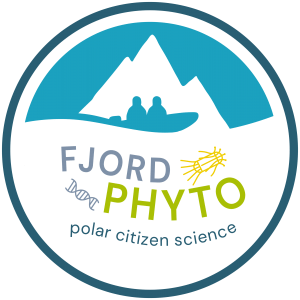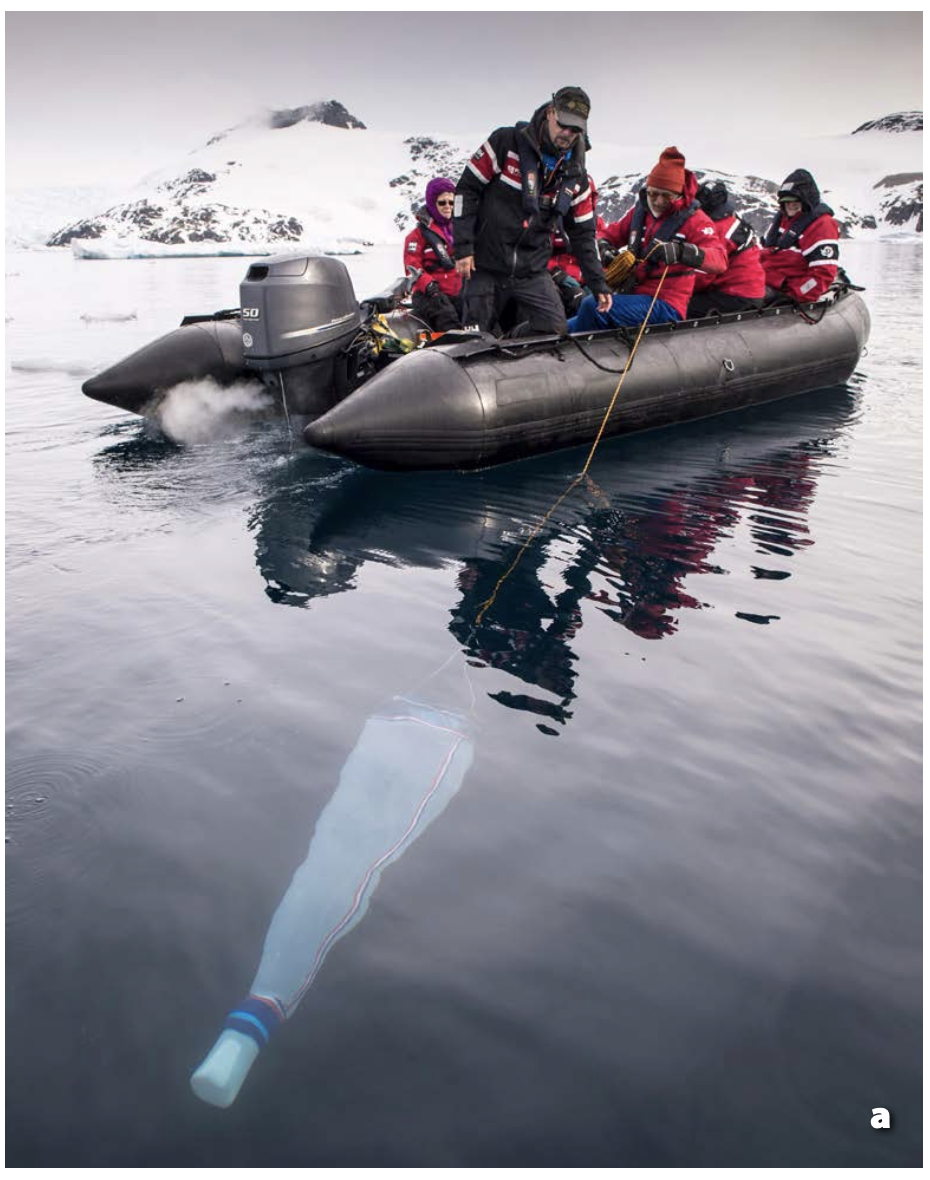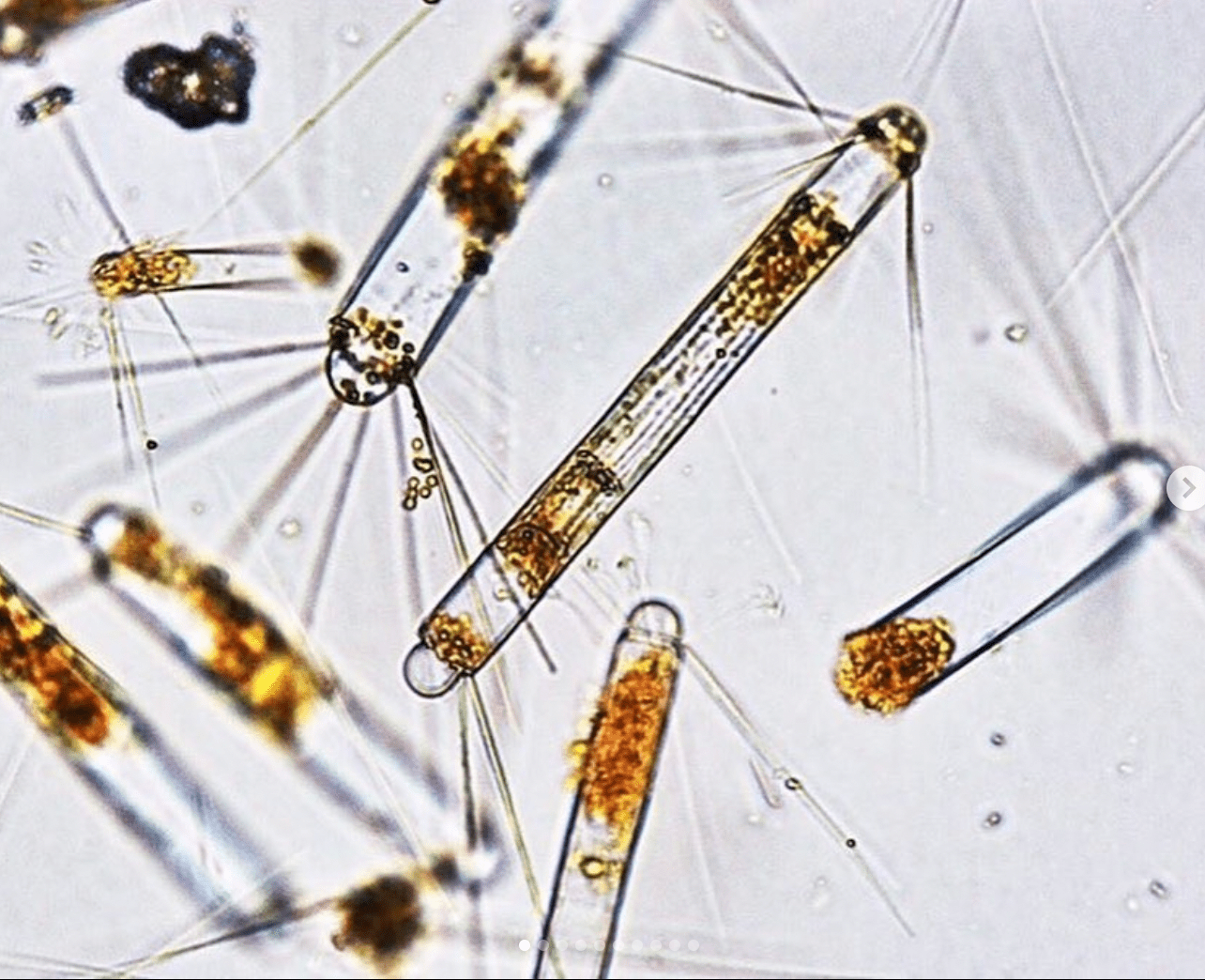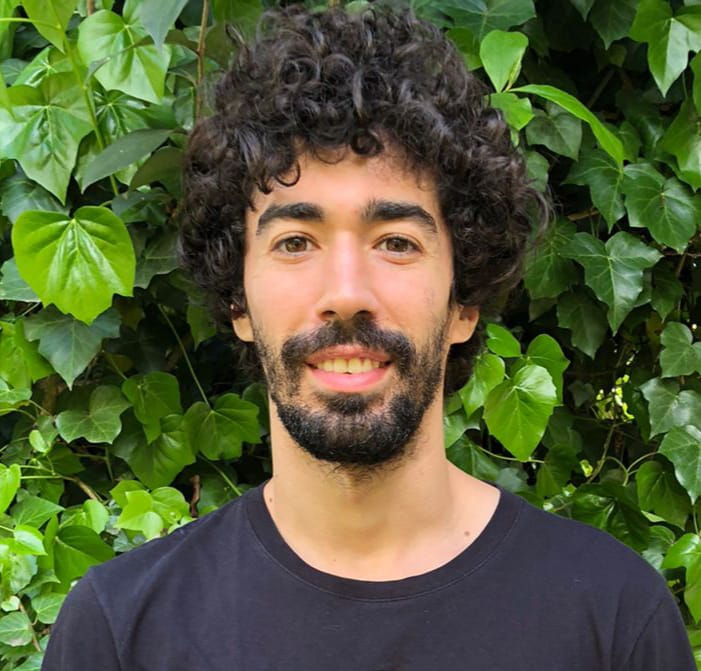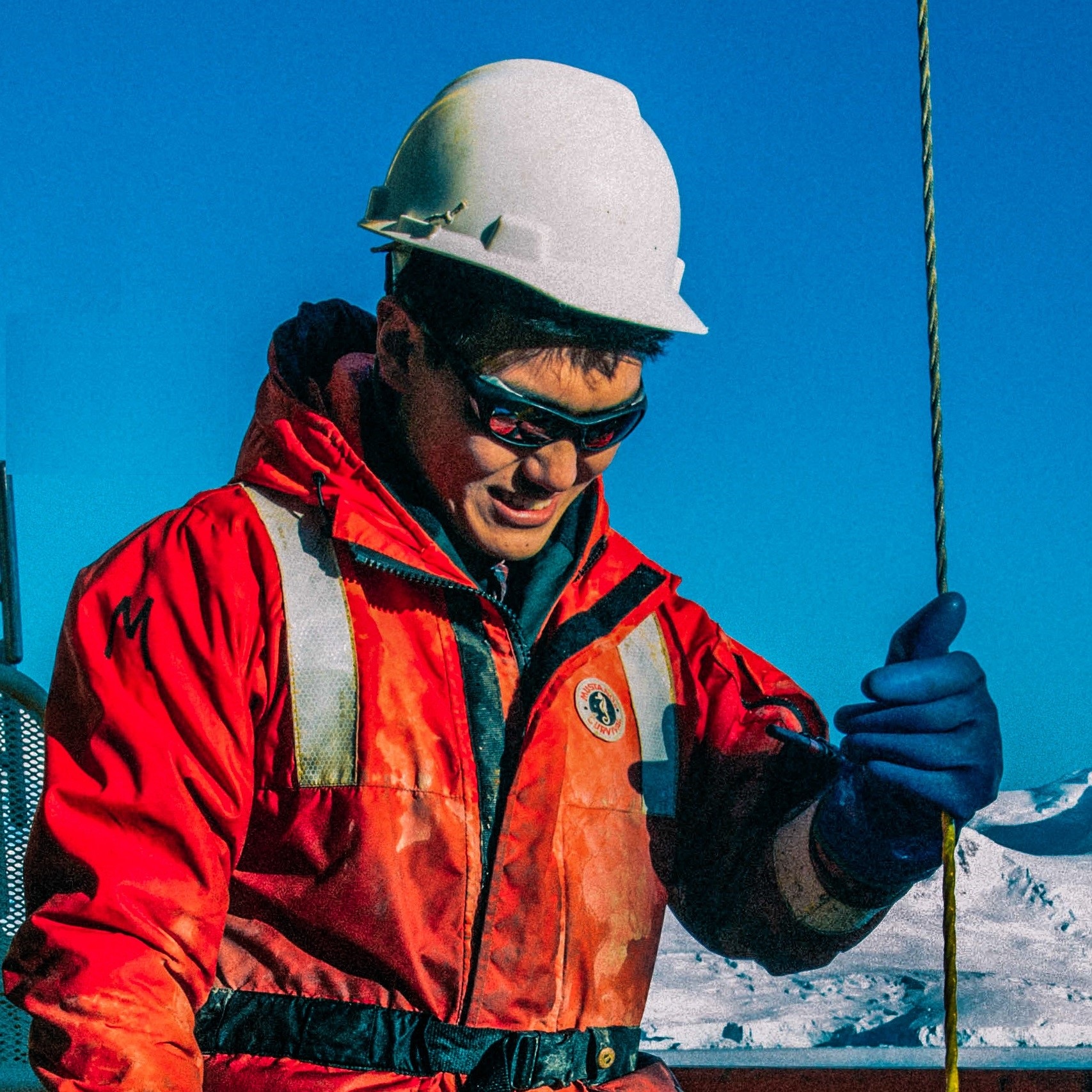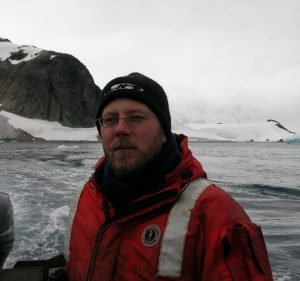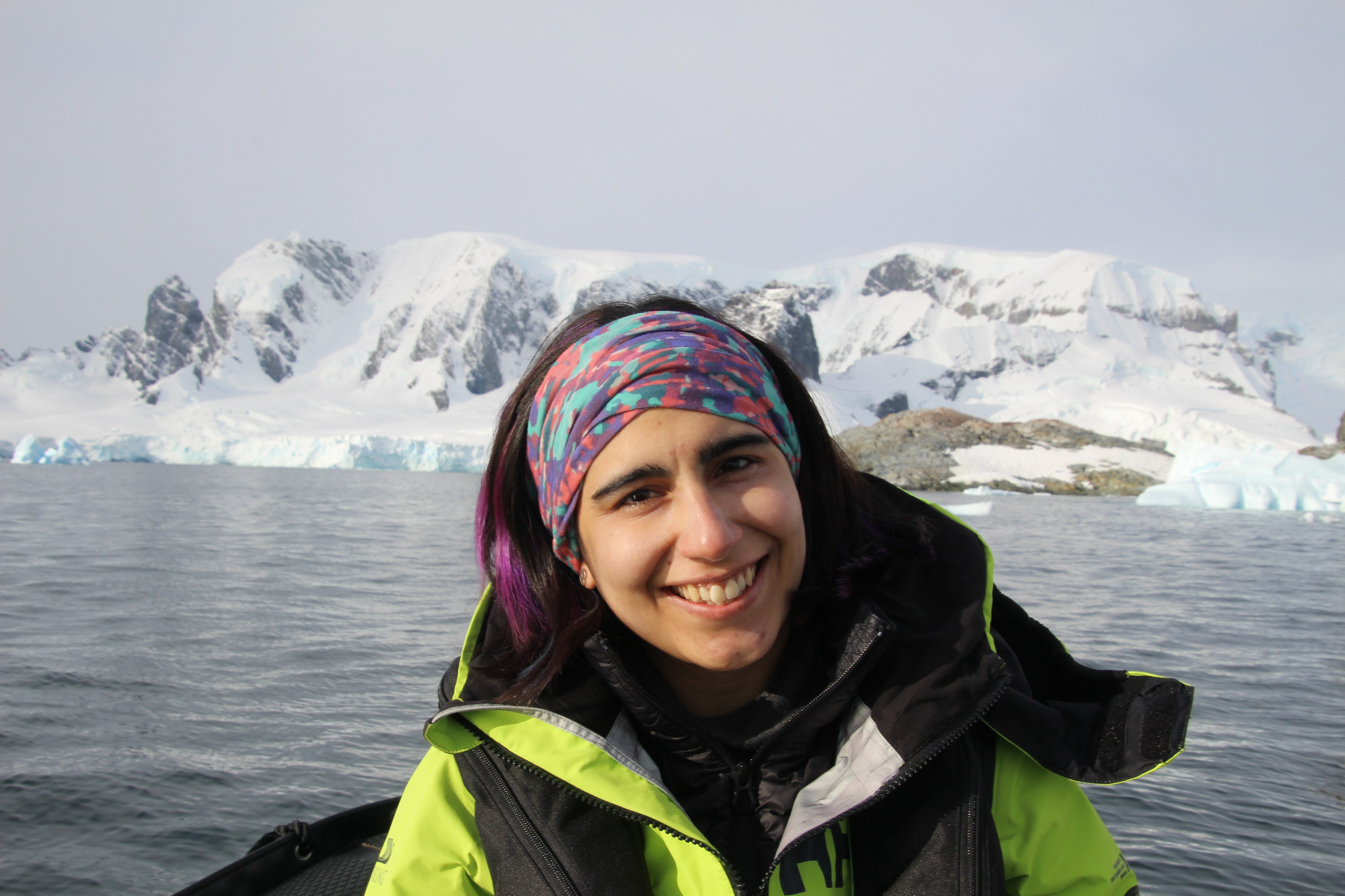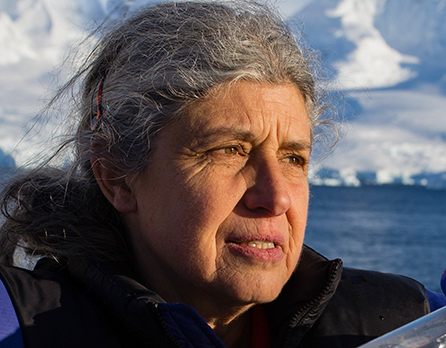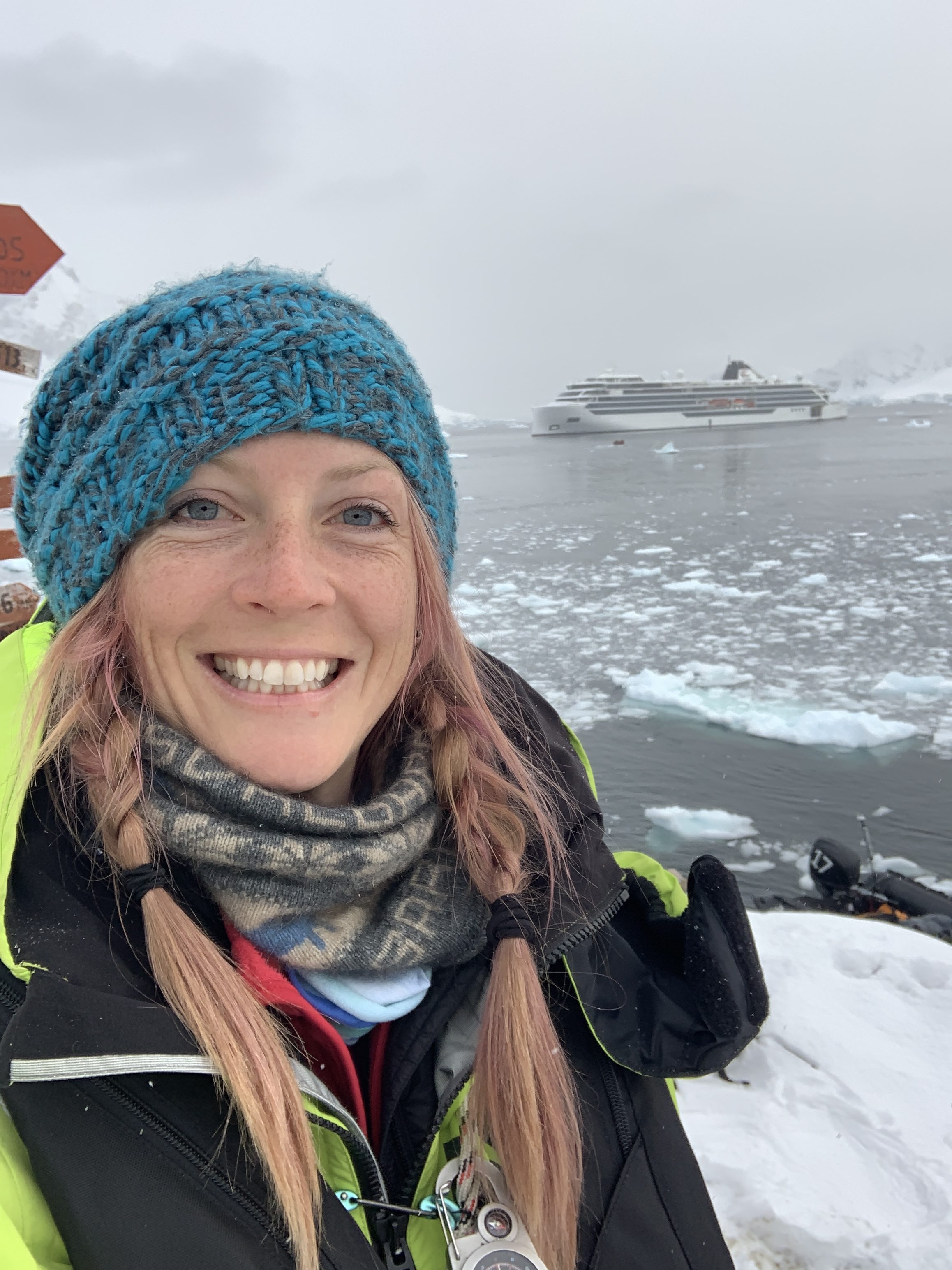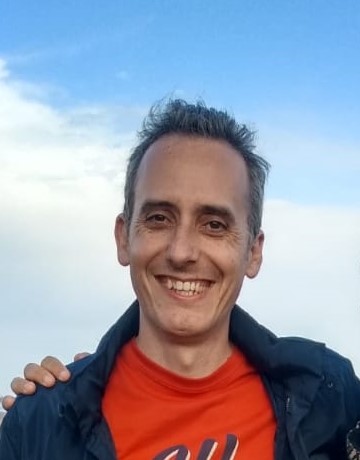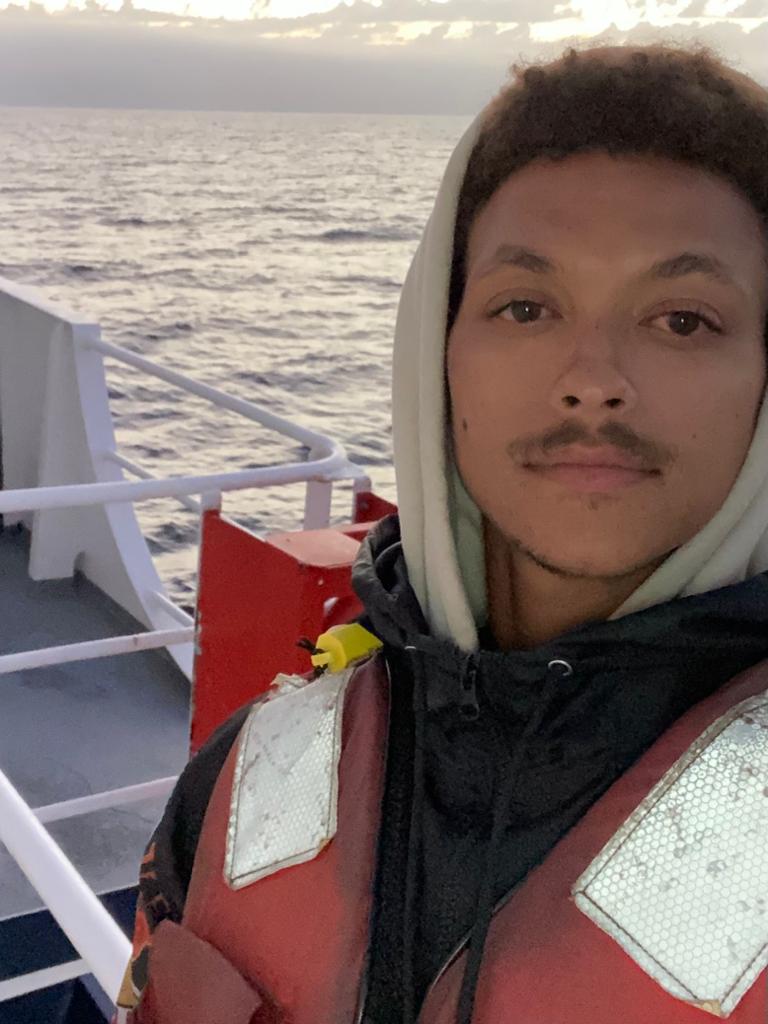Fjord Phyto
As Antarctic glaciers melt, ocean water changes. Scientists want to know how these changes are affecting the tiny plant-like creatures known as phytoplankton, which serve as the base of the Antarctic food chain.
If you are lucky enough to visit Antarctica as a tourist or guide, Fjord Phyto wants you to gather water samples - and the phytoplankton they contain. Scientists use these samples to study how these organisms respond to seasonal variations and to climate disruption.
who
Boaters and passengers on cruise ships
division
Earth Science
where
Antarctica
launched
2015
What you’ll do
- Make water quality measurements and collect samples for analysis of phytoplankton biodiversity.
- Examine your phytoplankton sample under a microscope.
- Learn about the Antarctic ecosystem and food web.
Requirements
- Time to get started: The sampling is a short activity during a boat ride (~1 hour).
- Equipment: None. The project supplies guides with all necessary equipment.
- Knowledge: None. Guided experience for participants; training available for guides.
Get started!
- Visit the project website.
- Watch the video on the “About” page.
- What role is right for you?: visit the Getting Started page for options.
Learn More
Explore the new Fjord Phyto StoryMap (available in English and Spanish!) to see where FjordPhyto is in action and see some of the phytoplankton that have been caught in project net tows.
Visit the project blog and Publications & Media web pages to read more about the happenings and accomplishments of FjordPhyto.
Socialize with the team!
Visit YouTube to see images of phytoplankton, researchers in action, and the beautiful landscape of Antarctica.
